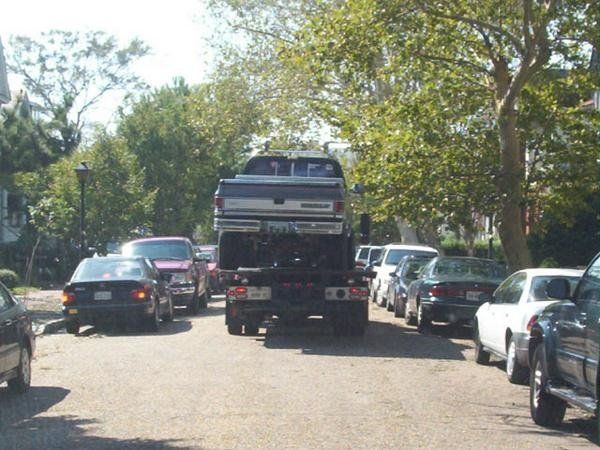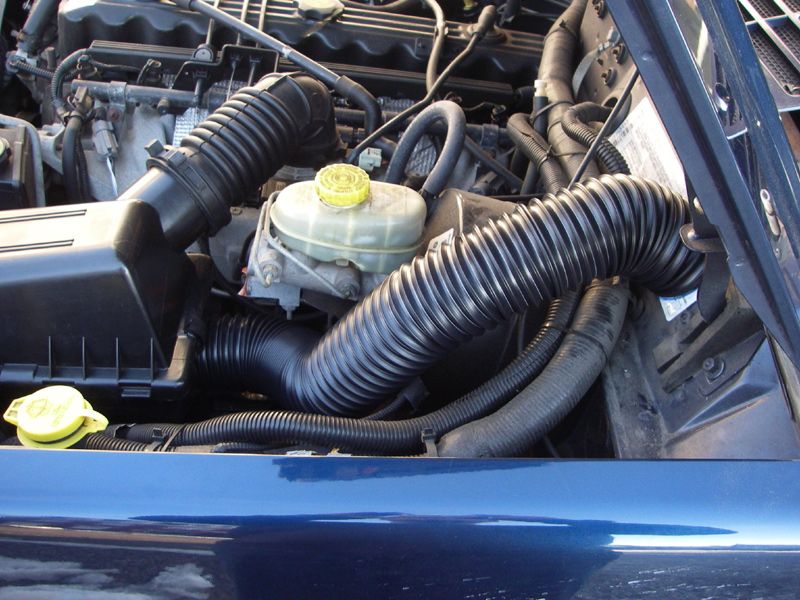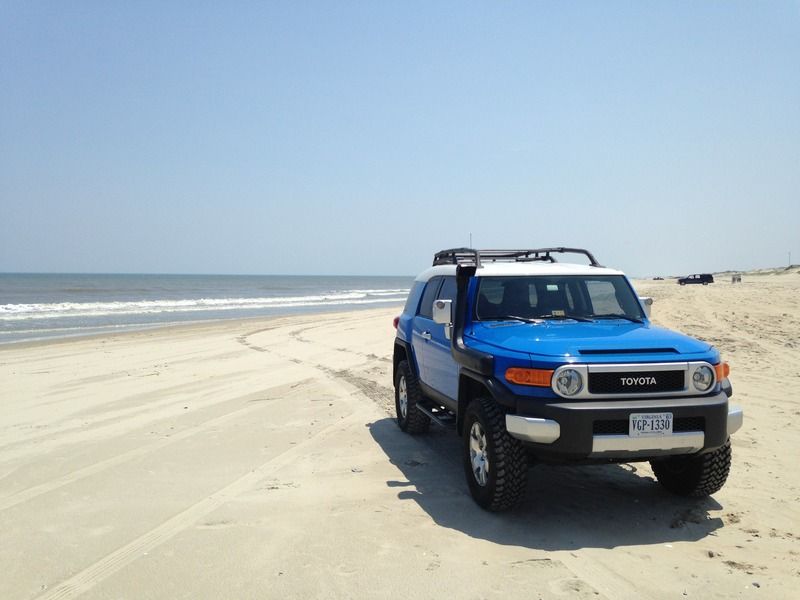Retired Tanker
Explorer
At the risk of being branded a heretic...
Do you really need a snorkel intake at the roof level?
I mean, unless you're trying to assault a beach from a landing craft, how often are you intentionally crossing water that washes over the windshield of your vehicle?
And, to be fair, I suppose having the intake that high would keep water out if you stalled mid stream, but then your exhaust would flood back to the heads, anyway...
Or, the only other option my be just over the hood...which may be too low, so the next logical location is at the roof.
And, we're just talking water issues here. Dust is an entirely different issue, which pretty much justifies putting the intake as high as possible.
And lastly, there's the cool factor. And if that were the ONLY factor, just glue / velcro a non-functioning snorkel to the fender and A-pillar, and voila!! You're cool!!
Do you really need a snorkel intake at the roof level?
I mean, unless you're trying to assault a beach from a landing craft, how often are you intentionally crossing water that washes over the windshield of your vehicle?
And, to be fair, I suppose having the intake that high would keep water out if you stalled mid stream, but then your exhaust would flood back to the heads, anyway...
Or, the only other option my be just over the hood...which may be too low, so the next logical location is at the roof.
And, we're just talking water issues here. Dust is an entirely different issue, which pretty much justifies putting the intake as high as possible.
And lastly, there's the cool factor. And if that were the ONLY factor, just glue / velcro a non-functioning snorkel to the fender and A-pillar, and voila!! You're cool!!





